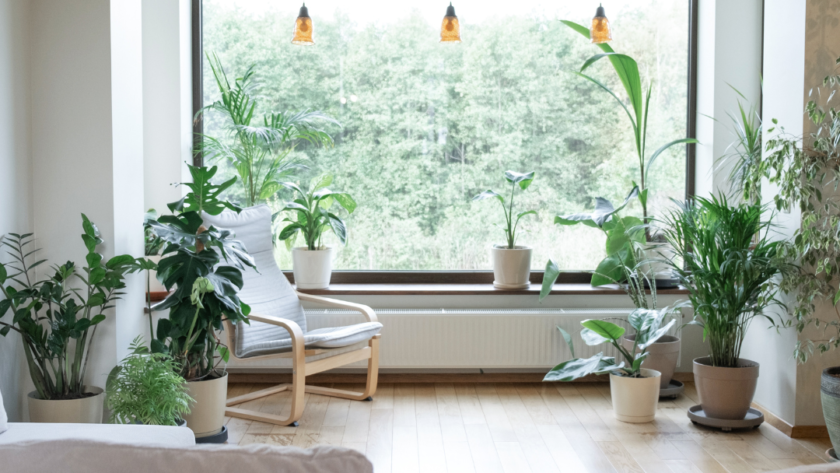Stepping into a healthcare facility can be a daunting experience for many. The sterile smells, the unfamiliar surroundings, and the hum of medical machinery can create an atmosphere that adds to the anxiety already felt by patients.
However, a growing awareness of the impact of the environment on health has led to a shift in the design philosophy of healthcare spaces. Creating healing environments is now recognized as a crucial element in fostering comfortable patient experiences.
Setting the Tone with Mannerisms and Communication
The starting point is the manner in which healthcare professionals communicate and interact with patients. A warm greeting, a genuine smile, and a reassuring tone can work wonders in alleviating anxiety.
Taking the time to explain procedures, answer questions, and involve patients in decisions about their care creates a sense of partnership rather than a one-sided medical encounter. It’s not just about treating ailments; it’s about acknowledging the person behind the patient and instilling a sense of trust and comfort.
The Power of Thoughtful Design
The physical design of healthcare spaces plays a pivotal role in shaping patient experiences. Gone are the days of cold, clinical interiors. A better approach should embrace designs that exude warmth, tranquility, and a homely atmosphere. Soft color palettes, natural light, and strategically placed greenery contribute to a soothing ambiance.
Designing spaces that are visually appealing can significantly impact a patient’s mental state, promoting a sense of calm and relaxation amid the often stressful healthcare journey.
Innovative Equipment for Comfort and Safety
Advancements in medical technology have not only revolutionized treatments but also opened doors to innovative equipment designed with patient comfort in mind. From adjustable beds and minimally invasive diagnostic tools that prioritize patient comfort to NG/OG tube placements, the integration of such equipment reflects a commitment to enhancing the overall patient experience.
Speaking of NG/OG placement, older methods for determining tube placements have been found to be inaccurate and accident-prone. On the other hand, more efficient modern methods like RightBio Metrics ensure these tubes are inserted correctly, improving safety, comfort, and healing. By investing in technology that minimizes discomfort and anxiety, healthcare facilities can foster an environment that promotes healing on multiple fronts.
Promoting Relaxation Through Thoughtful Amenities
In the quest to create healing environments, the inclusion of amenities aimed at promoting relaxation becomes a key consideration. Relaxation rooms with comfortable seating and calming music offer patients a retreat within the healthcare setting. These spaces acknowledge the importance of mental well-being in the healing process and provide an opportunity for patients to find moments of peace amidst the medical journey.
Personalization and Familiarity
One size does not fit all, especially when it comes to healing. Recognizing the value of personalization, healthcare spaces are incorporating elements that allow patients to personalize their surroundings.
Whether it’s adjustable lighting, the ability to control room temperature, or the option to display personal items, these touches create an environment that feels less clinical and more tailored to the individual needs and preferences of the patient. Familiarity, in the form of family photos or comforting items from home, can serve as a powerful antidote to the unfamiliarity of a hospital stay.
Creating Connection Through Nature
The healing power of nature is a concept deeply ingrained in human experience. Integrating natural elements into healthcare design, such as indoor gardens, nature-inspired artwork, or even strategically placed windows offering scenic views, provides a connection to the outside world. Nature has the ability to uplift spirits, reduce stress, and create a sense of serenity. In designing healing environments, the incorporation of nature becomes a testament to the holistic approach to patient well-being.
The Impact of Art and Aesthetics
Art is not merely decoration; it’s a form of therapy. Hospitals and healthcare spaces are increasingly recognizing the therapeutic potential of art in creating healing environments. Thoughtfully curated artwork, whether it’s paintings, sculptures, or installations, can evoke positive emotions, spark conversation, and provide a welcome distraction for patients. The aesthetics of a space contribute to its overall atmosphere, influencing the mood and mindset of those within it.
Conclusion: Nurturing Healing Environments for Holistic Well-Being
The evolution of healthcare spaces toward healing environments reflects a paradigm shift in the approach to patient care. It recognizes that healing is a multi-faceted journey that extends beyond medical interventions.
By embracing designs that prioritize comfort, safety, and the overall well-being of patients, healthcare facilities are not only fostering a conducive environment for recovery but also sending a powerful message: that the patient is not just a case but an individual deserving of dignity, comfort, and compassionate care.



